Spikes: Have Recent Penned Studies Ended the Debate? - Part I
There is no other topic like the issue of spikes to spark a heated debate at deer camp. Everyone seems to have an opinion about spikes. And until recently, the controversy seemed far from resolved. In this five-part series, I will define what a spike is, explain the debate, and then examine the results of the two most recent penned studies that are finally in agreement with each other, helping to finally put this long-held debate to rest.
What Is A Spike?
Let's all start on the same page by first defining what a spike buck is. A spike is a buck with two non-branched antlers and therefore has a total of only two antler points. Thanks to our ongoing South Texas Buck Capture Project, we now know how common spikes are in the wilds of south Texas. This study is now entering the 12th year through the Caesar Kleberg Wildlife Research Institute at Texas A&M University-Kingsville.
To date, we have collected antler measures from nearly 4,300 wild bucks from five ranches. We have captured 338 spikes of which 315 were yearling bucks. Therefore, 93% of the time a spike buck is a one-and-a-half year-old buck. It is rare for a buck two-and-a-half years old or older to still have only two antler points. In fact, we have only captured 23 spikes that were older than yearlings and all of these older-aged spikes but one was two-and-a-half years old. Therefore, whenever someone is talking about spikes, they are almost surely talking about yearling bucks.
We now have antler records for 802 yearling bucks, of which 315 were spikes (39 percent. Another 108 had three points (13 percent), so 423 of the 802 yearling bucks (53 percent) had at least one non-branched antler. Two hundred and thirty-three of the yearling bucks had four to five points (29 percent) and 146 had six or more antler points (18 percent).
Yearling bucks are the equivalent of a young teenager. They are just getting started in life and are still at least four years away from maturity. Their bodies are only about two-thirds developed. At this young age antler growth is less important than body growth and development. Yearling bucks are also near the bottom of the buck dominance ladder or hierarchy. The only buck more subordinate than a yearling buck is a buck fawn.
The “Shoot All Spikes” Theory
The age old debate regarding spikes revolves around the question of whether or not to shoot them. There are two general opinions. One opinion centers on the theory that spike bucks are genetically inferior. People on this side of the debate believe that the only good spike is a dead spike. They feel that by culling spikes they are improving the genetics of the deer herd because dead spikes cannot breed and pass on their "inferior" genes to future populations.
A second reported benefit from harvesting spikes is that these bucks can no longer compete with other deer for limited resources. On average, a buck will consume around one ton of forage each year of its life. If spikes are genetically inferior, the quicker they can be removed from the population the better because the forage “saved” by harvesting spikes increases the amount of nutrition available for remaining deer. According to this side of the debate, managers who advocate waiting until a buck is middle-aged or mature before culling, “lose” nearly one ton of forage per year per cull buck for each additional year that they allow those cull bucks to live.
A third reason suggested for harvesting spikes is that they are very easy for hunters to identify in the field. In fact, even the most inexperienced hunters should be able to count antler points. Because spikes can be accurately identified, very few harvest mistakes are likely to occur. This is not the case when hunters are left to try to determine whether a potential cull or management buck is middle-aged or mature.
Lastly, some who take this side of the debate argue that if it is necessary to shoot some bucks because the deer population is too high, why not shoot spikes? Obviously, the adult sex ratio would also have to be balanced, or skewed toward bucks, to advocate harvesting spikes as a reason to reduce deer density because the quickest and most effective way to reduce deer densities is to harvest does, not bucks.
The “Don’t Shoot Any Spikes” Theory
The opposing opinion centers on the theory that spikes are not necessarily genetically inferior. Instead, it is believed that many of these bucks are spikes because of a host of reasons that have nothing to do with genetics. Most of the non-genetic factors mentioned as causes for spiked antlers involve poor nutrition. Nutritional factors include: (1) poor habitat, which is usually the result of poor soil; (2) drought conditions; (3) overgrazed range due to cattle, exotics, or too many deer; (4) spikes that were born to doe fawns or yearling does that were not as efficient at producing milk as older does; and (5) spikes that were born with one or two other siblings and therefore had to compete with their twin or the other two triplets for the dam’s (mother’s) milk. The irony of these last two factors is that excellent nutritional conditions are required for doe fawns to breed as fawns and for does to have twin or triplet fawns survive. However, the fawns that are produced in these situations likely suffer nutritionally.
One non-nutritional factor often mentioned as a cause for spiked antlers involves a strung out or late breeding season. The result is that some does are not bred until their second or third heat cycle, 30-60 days later than does bred on their first cycle. The fawns born to these late-bred does then hit the ground 30-60 days later in the summer and are often spike-antlered the following year as a result. A severely skewed adult sex ratio is one cause for late breeding.
As mentioned above however, excellent nutritional conditions are another cause for late breeding because when nutritional levels are high, a higher percentage of doe fawns breed as fawns. By nature, doe fawns do not reach puberty until later in the breeding season than adult does, so doe fawns that are bred as fawns will almost always be bred late in the breeding season. And they will almost always produce spike-antlered yearling offspring as a result.
In Part II of this five-part series, I will examine the results of the various penned studies that have been completed in effort to settle this debate.
Posted by Dr. Mickey W. Hellickson
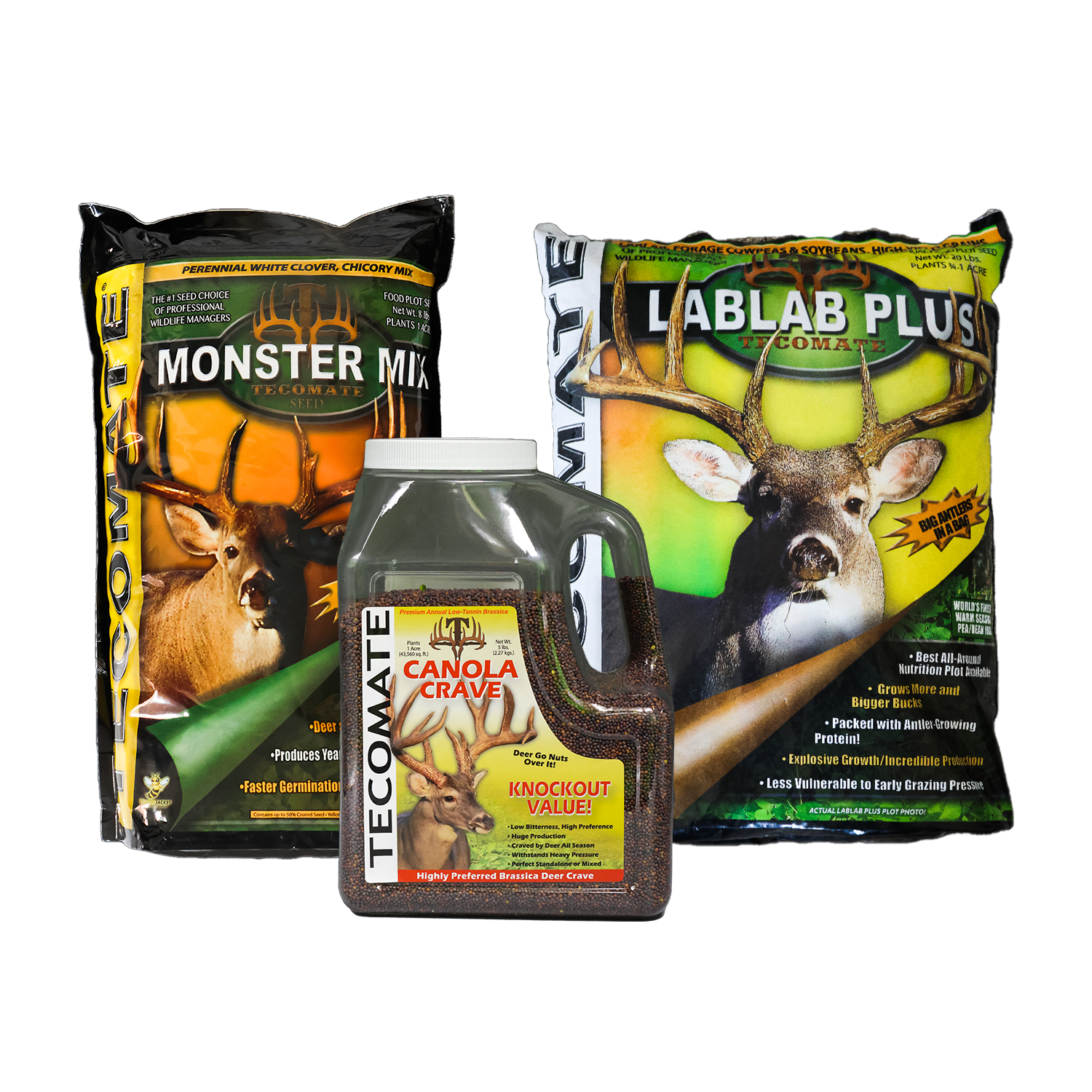
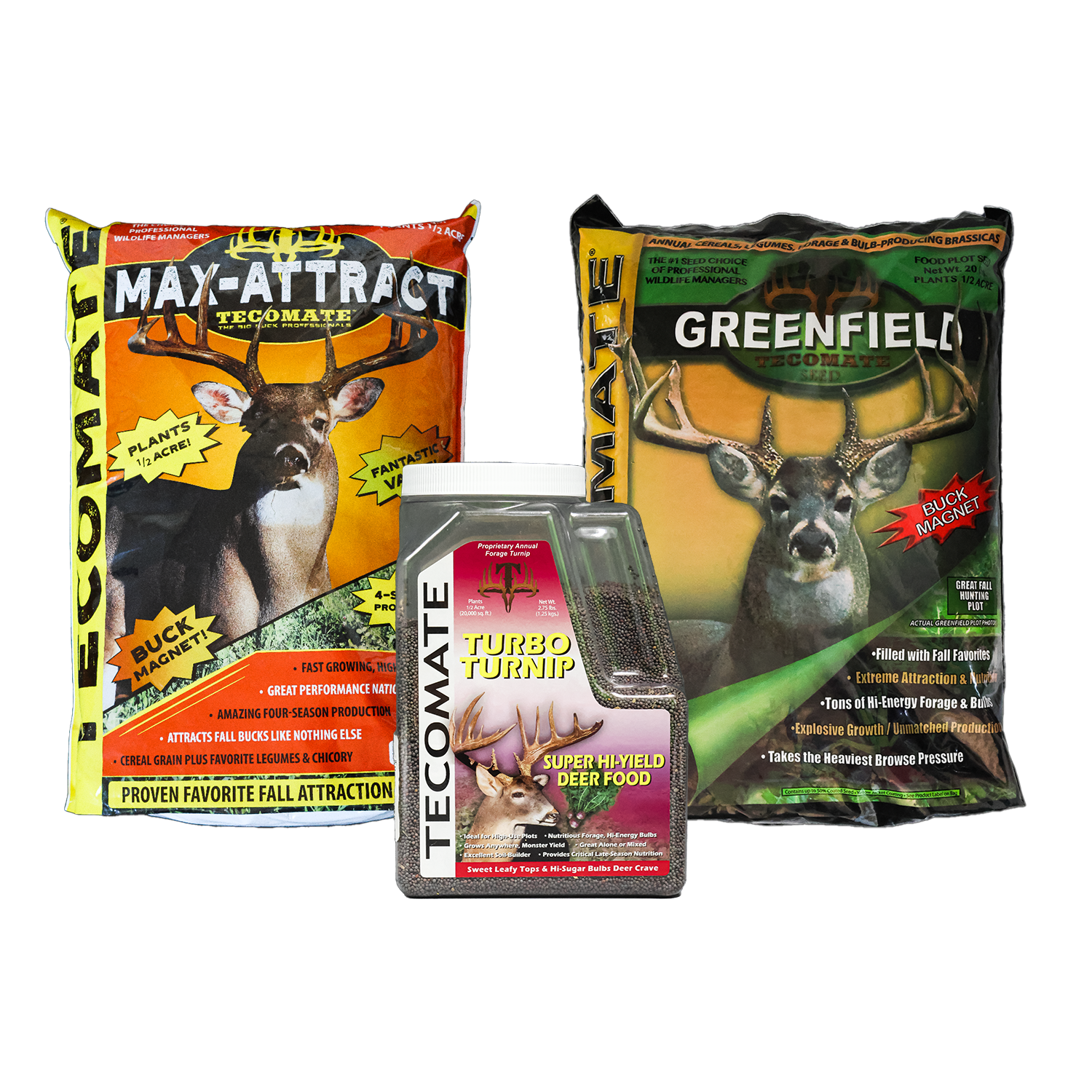
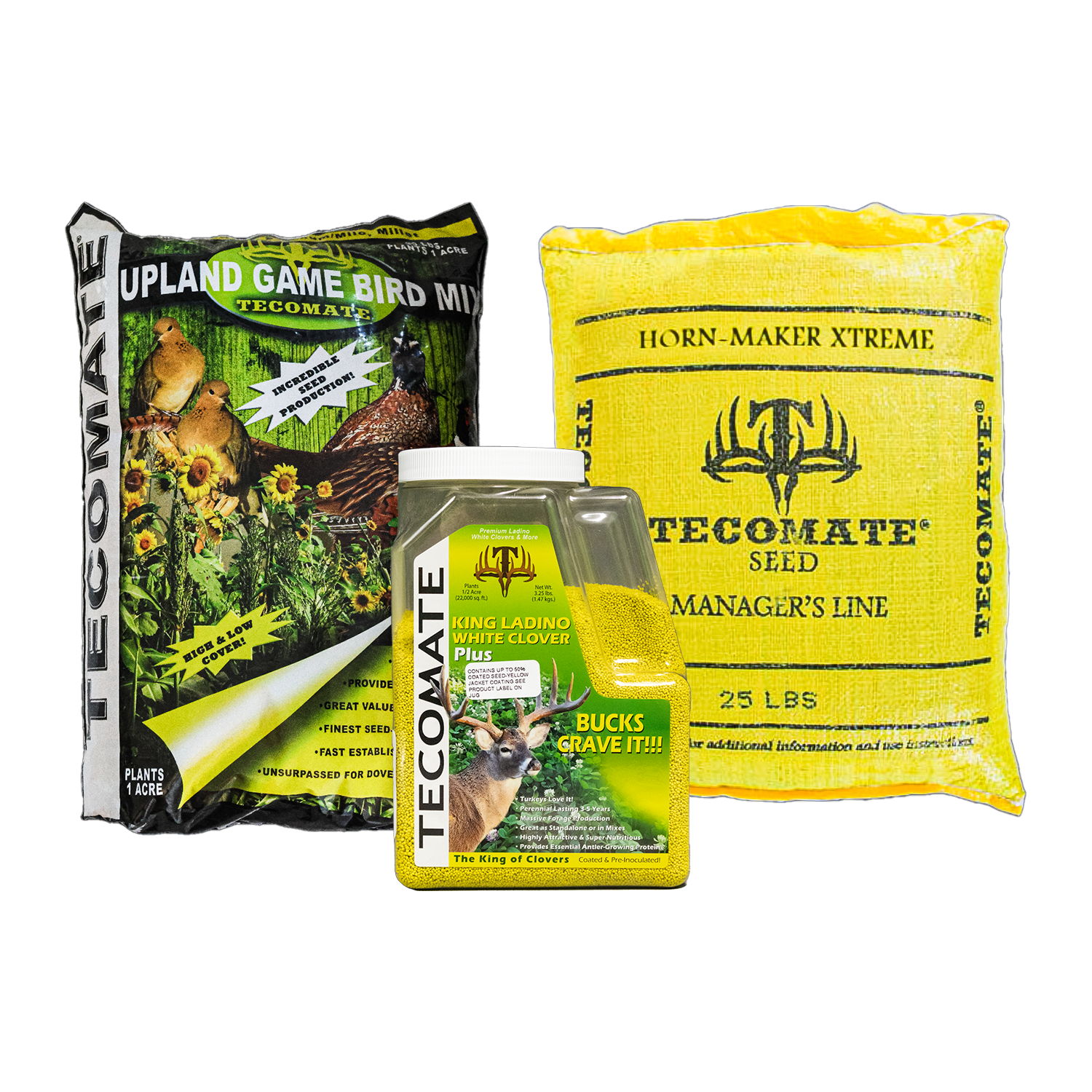
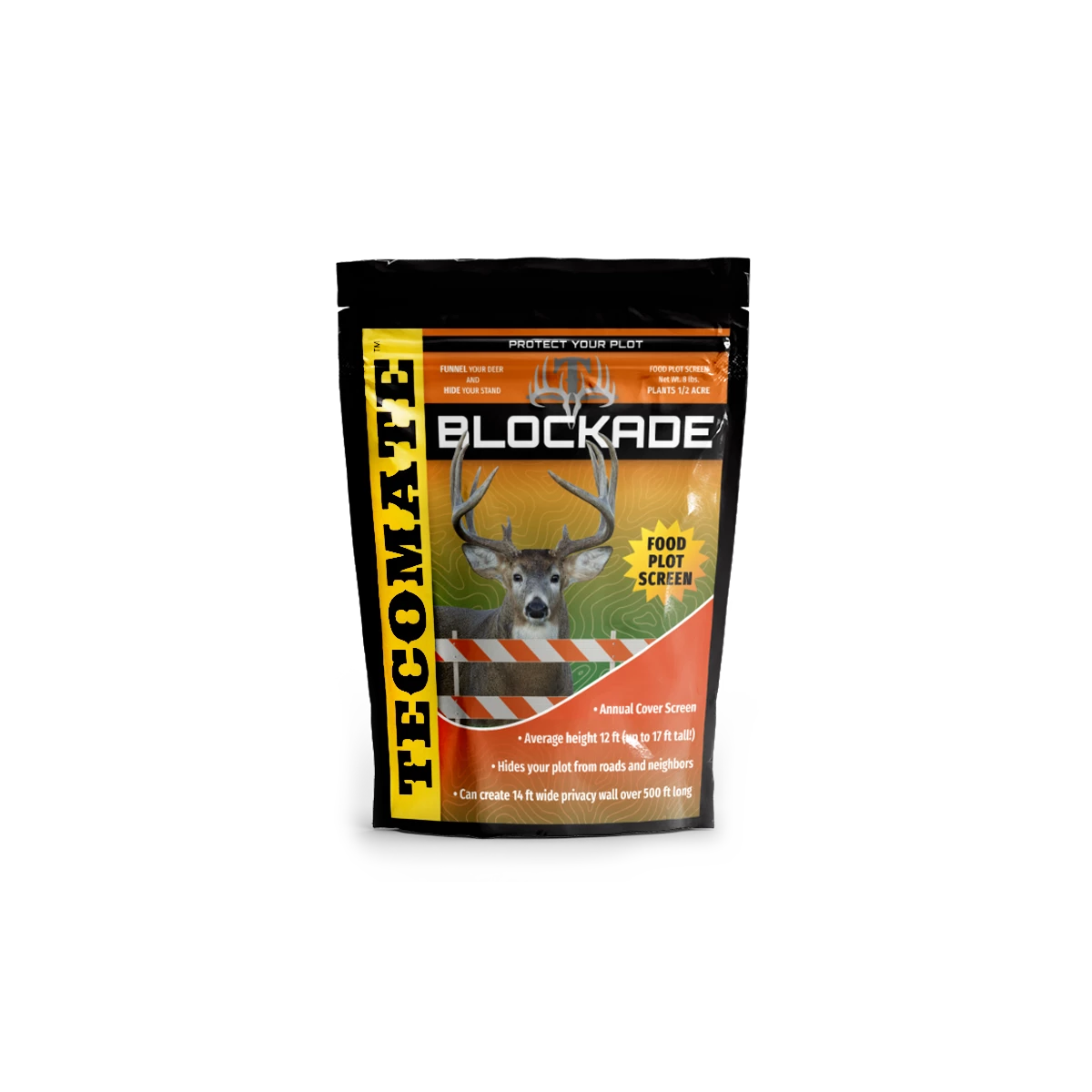

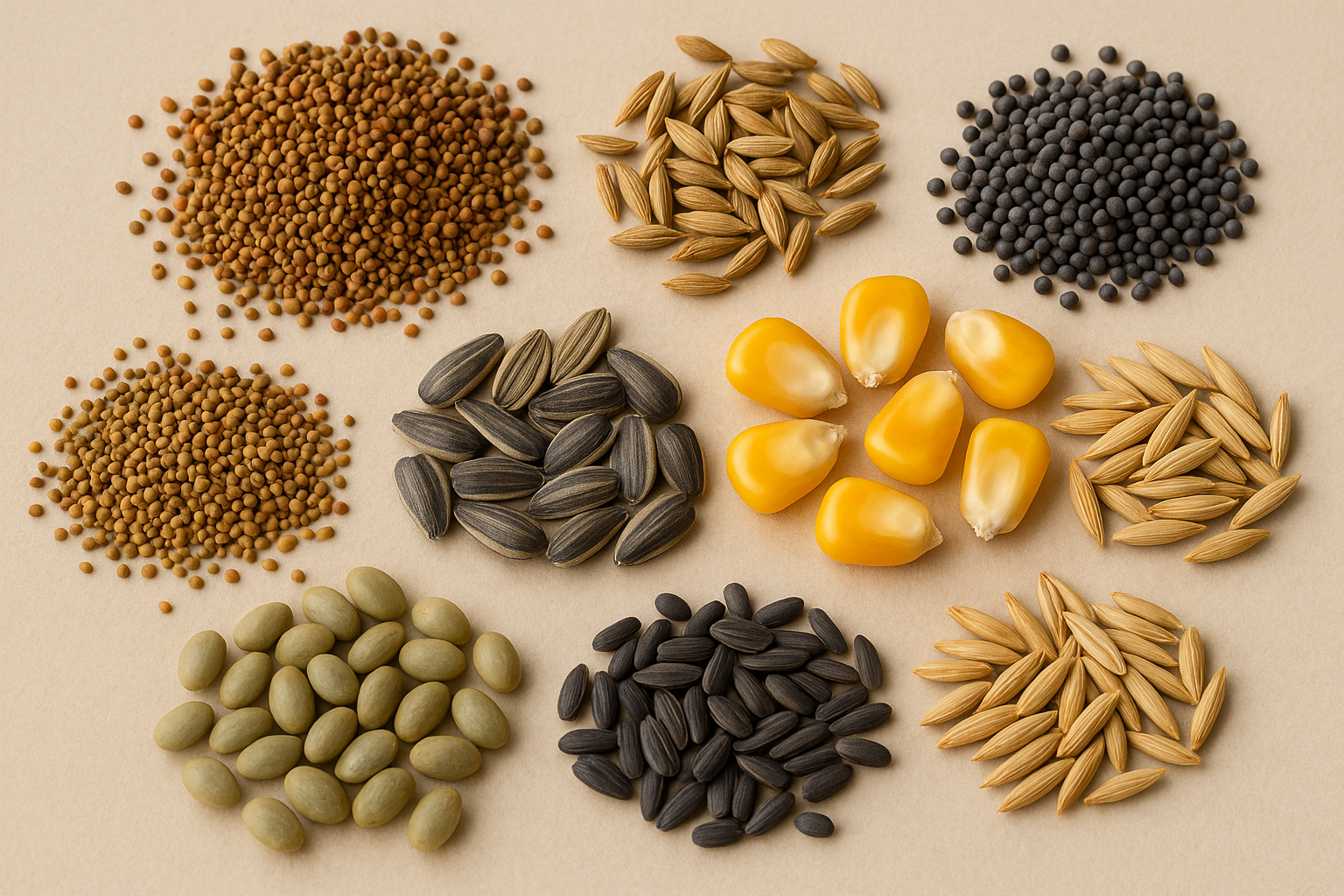
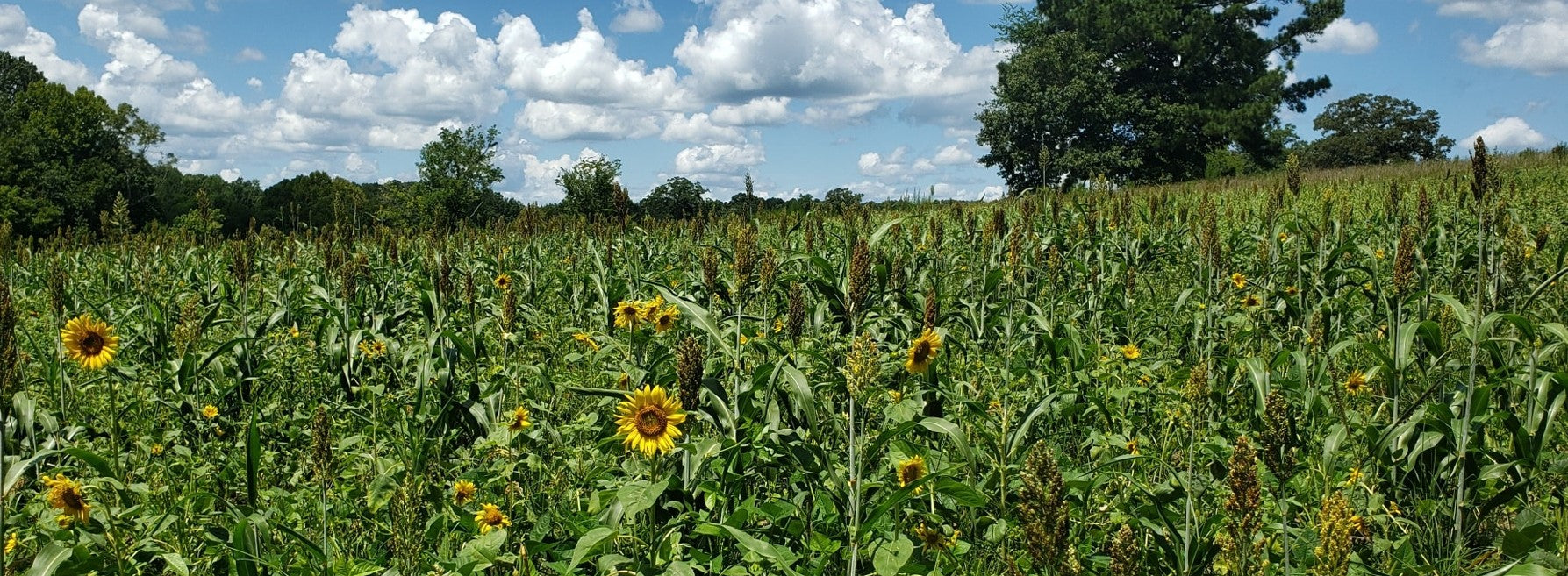
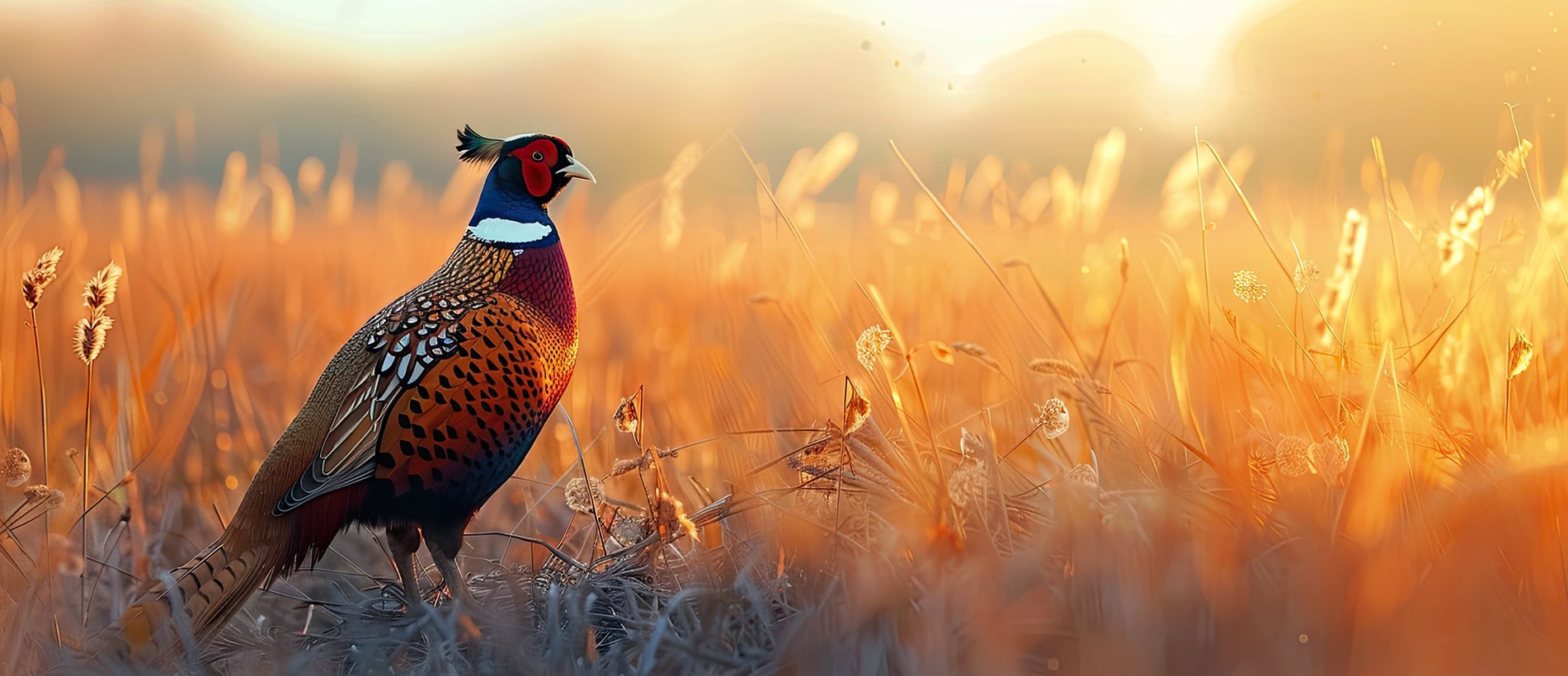


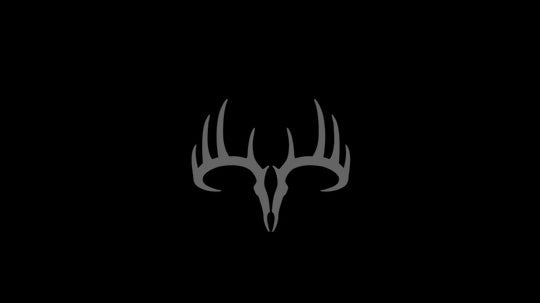
Leave a comment